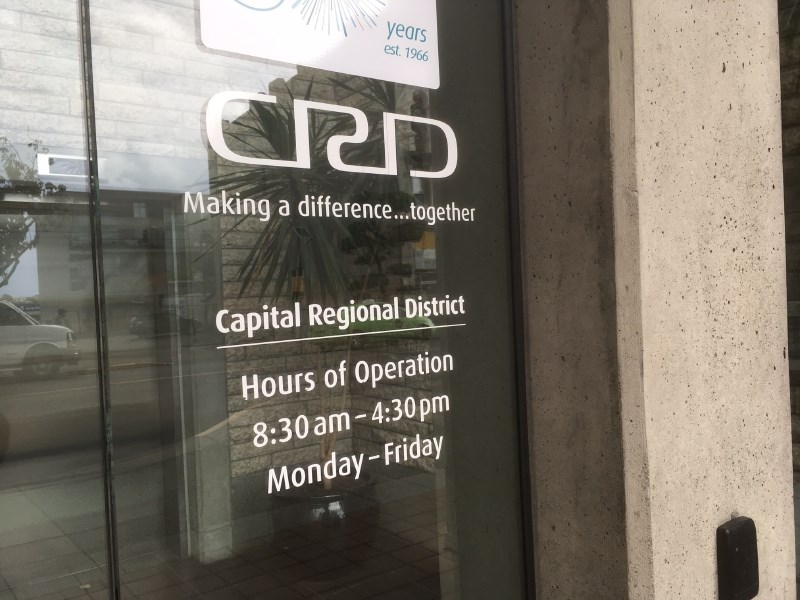Non-binding mediation is being recommended by Capital Regional District directors to try to break the stalemate over the CRD’s Regional Growth Strategy — a provincially mandated master plan designed to chart the region’s growth.
And the CRD will ask Communities Minister Peter Fassbender to give the Juan de Fuca Electoral Area a voice equal to a municipality in any dispute resolution process — something it doesn’t currently enjoy because it’s not a municipality.
Mike Hicks, director for the Juan de Fuca area, argued Wednesday that his district has as much or more to lose than any municipality in the region in the evolution of the Regional Growth Strategy.
“We’re on the verge of being one of the few communities maybe in Canada that will never have the right to clean, piped water. So there’s a lot on the line for us,” Hicks said.
Under the current growth strategy update process, the CRD board is required to notify the province if not all municipalities support the strategy.
In this case, a majority are opposed.
Seven of the 13 municipal councils in the CRD have voted to reject the update, with many expressing concerns about how provisions that would allow CRD water to be piped into the unincorporated Juan de Fuca could lead to urban sprawl.
It’s a position Hicks has long rejected, arguing that proposed changes to the strategy would allow piped water to be extended into his district only to areas designated for growth in official community plans (with a few exceptions).
Moreover, it would have to be financially feasible to do this and not cost neighbouring municipalities any money.
If the CRD rejects extending piped water to the Juan de Fuca area, Hicks said he would have to look at such options as joining the Cowichan Valley Regional District or investigating the possibility of East Sooke becoming part of Metchosin.
Going to mediation — and then possibly to binding arbitration — could potentially add another year to the process of updating the growth strategy, which has already been in the works for five years.
It could also cost participating municipalities about $60,000 each.
Directors rejected option of immediately appealing to the province for binding arbitration — worried that it was premature to roll the dice when so many important issues were on the table.
The plan deals with every aspect of future development: land use, ecosystem preservation, transportation, economic potential and measures to contain urban sprawl.
The 2016 strategy also provides a new policy regarding food systems and climate action.
While the most common basis for rejection of the growth strategy related to water servicing and growth management, some municipalities’ concerns pertained to provisions covering climate change, agriculture, transportation and economic development.
Moving directly to binding arbitration would divide the region, said CRD chairwoman and Esquimalt Mayor Barb Desjardins.
She said one need look no further than the region’s protracted sewage-treatment process to see “how sideways something can go if we don’t pay attention to what each other’s thoughts and concerns are.”
“If we go directly to binding arbitration right now, I fear, as director [John] Ranns has suggested, that this will increase the divide — and that is the biggest fear that I have for the region,” Desjardins said.



